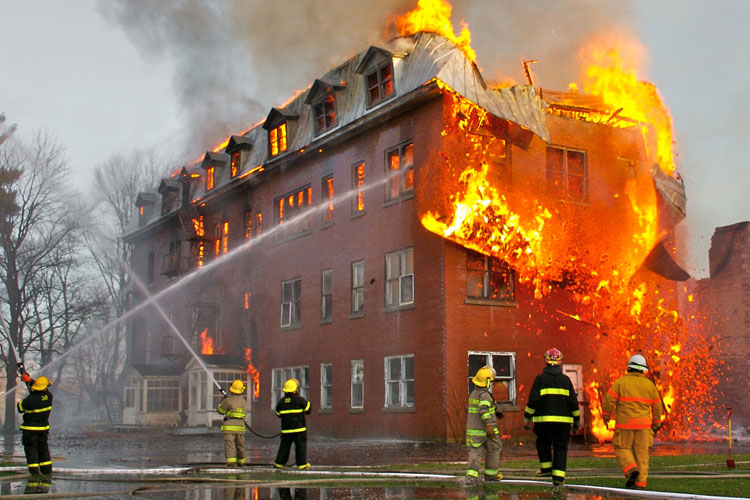If your plant produces hazardous by-products, then it’s in your best interest to find useful solutions for eliminating the risks. Combustible dust is one of the most dangerous by-products.
Combustible dust is metallic or non-metallic airborne dust that can cause a dust explosion in your factory or plant. Any dust with a KST value that is higher than zero can cause an explosion.
Dangers of Combustible Dust
If combustible dust is not eliminated and left unattended, it can cause a major explosion. This is considered a hazardous workplace. Combustible dust causes:
- Death or serious injuries to workers
- Long-term environmental damage
- Business interruptions
- Property damage
High-Risk Industries and Applications
Some industries are considered to be riskier than others. The following industries have combustible dust as a by-product according to OSHA.
- Agricultural products such as wood flour, sugar and powdered milk
- Metal dust like zinc, aluminum and magnesium
- Agricultural dust from tomatoes, carrots, cocoa beans and rice flour
- Chemical dust like sulfur, dextrose, sulfur and lead stearate
- Plastic dust such as phenolic resin, polyethylene and acrylamide
- Carbonaceous dust like cellulose, charcoal and lignite.
- The high-risk industries and applications are:
- Foundry – tumbling mills, shakeout, handling and abrasive cleaning.
- Metalwork – cutting, finishing or grinding metals such as titanium, aluminum and magnesium and others.
- Rubber processing – mixing and grinding talc dusting, batch-out rolls and de-dusting.
- Food processing – mixing, grinding, bagging, packaging, and blending sugars, flour etc.
- Coal mining – handling materials, de-dusting, air cleaning and drying.
- Pharmaceutical processing – mixing, blending, grinding and packaging.
- Chemical processing – material handling, crushing, grinding, roasters, coolers and kilns.
- Ceramics – enamel spray and raw product handling.
- Woodwork – woodworking machines, waste conveying and sanding.













